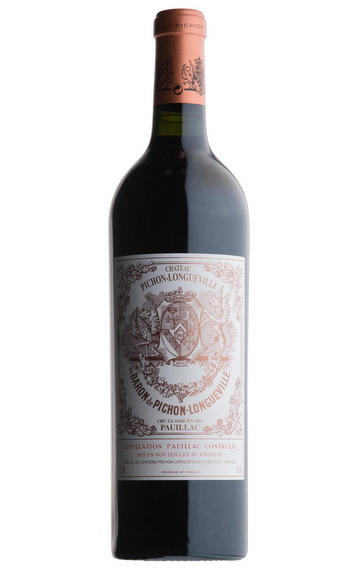
2008 Château Pichon Baron, Pauillac, Bordeaux
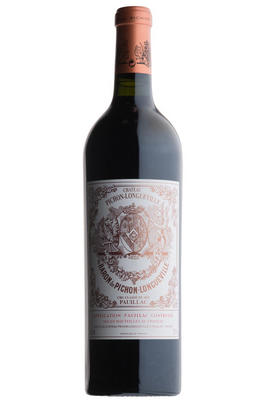
Critics reviews
Robert M. Parker, Jr. - 02/05/2011
A sleeper of the vintage, the 2008 Pichon Longueville Baron is one of the densest, most concentrated wines of Pauillac in 2008. An inky/purple color is followed by aromas and flavors of creme de cassis, blackberries, charcoal, coffee and licorice. Exceptionally full-bodied with velvety tannins and undeniable appeal, this gorgeous, well-proportioned, larger than life 2008 should age effortlessly for two decades or more. With the realistic pricing that remains for many 2008s, this is a no-brainer.
Robert Parker- Wine Advocate- May 2011
Firm, but sweet tannins (which suggests ideal maturity) characterize this 2008. Displaying good minerality along with plenty of floral, creme de cassis, blackberry, coffee, and white chocolate notes, this full-bodied, dense, promising Pauillac is built to age for 20-25 years.
Robert Parker - Wine Advocate - Apr-2009
About this WINE
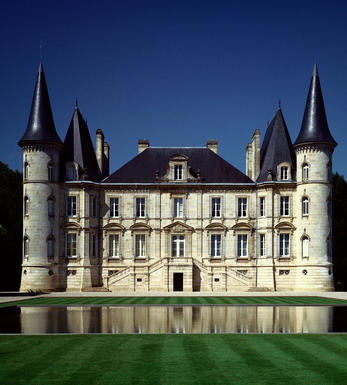
Chateau Pichon Baron
Château Pichon-Longueville Baron, a leading Pauillac 2éme Cru Classé estate, is one of Bordeaux's most illustrious "super seconds". In 1987 it was bought by the AXA Millésimes Group, who also own Cantenac-Brown, Petit-Village, Suduiraut.
AXA built a state of the art cuverie and chai at Pichon-Longueville Baron, while, in 2000, Christian Seely took over from Jean-Michel Cazesas as general manager. Pichon-Longueville-Baron's 73-hectare vineyard (70% Cabernet Sauvignon, 25% Merlot, and 5% Cabernet Franc, runs adjacent to that of Château Latour and lies on deep gravel beds.
The Cabernet-dominated Pichon-Longueville Baron is a more muscular, tannic and full-bodied wine than that of its neighbour across the road, Pichon-Longueville Comtesse de Lalande. The grand vin is Chateau Longueville au Baron de Pichon-Longueville. The second wine is Les Tourelles de Longueville, introduced with the 1986 vintage. The best examples of Pichon-Longueville Baron have layer upon layer of unctuous, vanilla-scented, blackcurrant and cassis fruit, intermingled with cigar box and lead pencil shavings aromas. They require cellaring for at least 10 years.
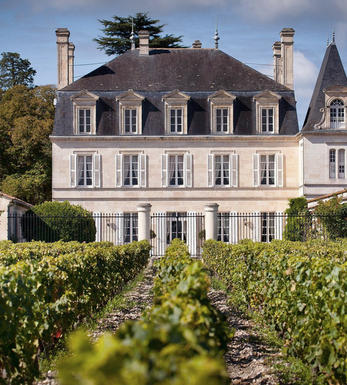
Pauillac
Pauillac is the aristocrat of the Médoc boasting boasting 75 percent of the region’s First Growths and with Grand Cru Classés representing 84 percent of Pauillac's production.
For a small town, surrounded by so many familiar and regal names, Pauillac imparts a slightly seedy impression. There are no grand hotels or restaurants – with the honourable exception of the establishments owned by Jean-Michel Cazes – rather a small port and yacht harbour, and a dominant petrochemical plant.
Yet outside the town, , there is arguably the greatest concentration of fabulous vineyards throughout all Bordeaux, including three of the five First Growths. Bordering St Estèphe to the north and St Julien to the south, Pauillac has fine, deep gravel soils with important iron and marl deposits, and a subtle, softly-rolling landscape, cut by a series of small streams running into the Gironde. The vineyards are located on two gravel-rich plateaux, one to the northwest of the town of Pauillac and the other to the south, with the vines reaching a greater depth than anywhere else in the Médoc.
Pauillac's first growths each have their own unique characteristics; Lafite Rothschild, tucked in the northern part of Pauillac on the St Estèphe border, produces Pauillac's most aromatically complex and subtly-flavoured wine. Mouton Rothschild's vineyards lie on a well-drained gravel ridge and - with its high percentage of Cabernet Sauvignon - can produce (in its best years) Pauillac's most decadently rich, fleshy and exotic wine.
Latour, arguably Bordeaux's most consistent First Growth, is located in southern Pauillac next to St Julien. Its soil is gravel-rich with superb drainage, and Latour's vines penetrate as far as five metres into the soil. It produces perhaps the most long-lived wines of the Médoc.
Recommended Châteaux
Ch. Lafite-Rothschild, Ch. Latour, Ch. Mouton-Rothschild, Ch. Pichon-Longueville Baron, Ch. Pichon Longueville Comtesse de Lalande, Ch. Lynch-Bages, Ch. Grand-Puy-Lacoste, Ch, Pontet-Canet, Les Forts de Latour, Ch. Haut-Batailley, Ch. Batailley, Ch. Haut-Bages Libéral.
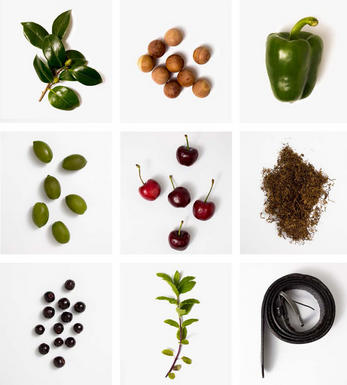
Cabernet Sauvignon Blend
Cabernet Sauvignon lends itself particularly well in blends with Merlot. This is actually the archetypal Bordeaux blend, though in different proportions in the sub-regions and sometimes topped up with Cabernet Franc, Malbec, and Petit Verdot.
In the Médoc and Graves the percentage of Cabernet Sauvignon in the blend can range from 95% (Mouton-Rothschild) to as low as 40%. It is particularly suited to the dry, warm, free- draining, gravel-rich soils and is responsible for the redolent cassis characteristics as well as the depth of colour, tannic structure and pronounced acidity of Médoc wines. However 100% Cabernet Sauvignon wines can be slightly hollow-tasting in the middle palate and Merlot with its generous, fleshy fruit flavours acts as a perfect foil by filling in this cavity.
In St-Emilion and Pomerol, the blends are Merlot dominated as Cabernet Sauvignon can struggle to ripen there - when it is included, it adds structure and body to the wine. Sassicaia is the most famous Bordeaux blend in Italy and has spawned many imitations, whereby the blend is now firmly established in the New World and particularly in California and Australia.


Buying options
Add to wishlist
Description
With an intense, complex nose and dense bramble and spice notes on the palate, the 71% Cabernet, 29% Merlot blend is concentrated with dark fruit gravitas and a long, mineral finish. The richness of the fruit is very evident here and brings to mind the 2001 but the crisp acidity is a reflection of the unique character of 2008. Pichon-Baron may be classed as a 2ème Cru Classé but in 2008 they have produced a wine of First Growth quality. The richness of the fruit is very evident here and brings to mind the 2001 but the crisp acidity is a reflection of the unique character of 2008. Pichon-Baron may be classed as a 2ème Cru Classé but in 2008 they have produced a wine of First Growth quality.
wine at a glance
Delivery and quality guarantee